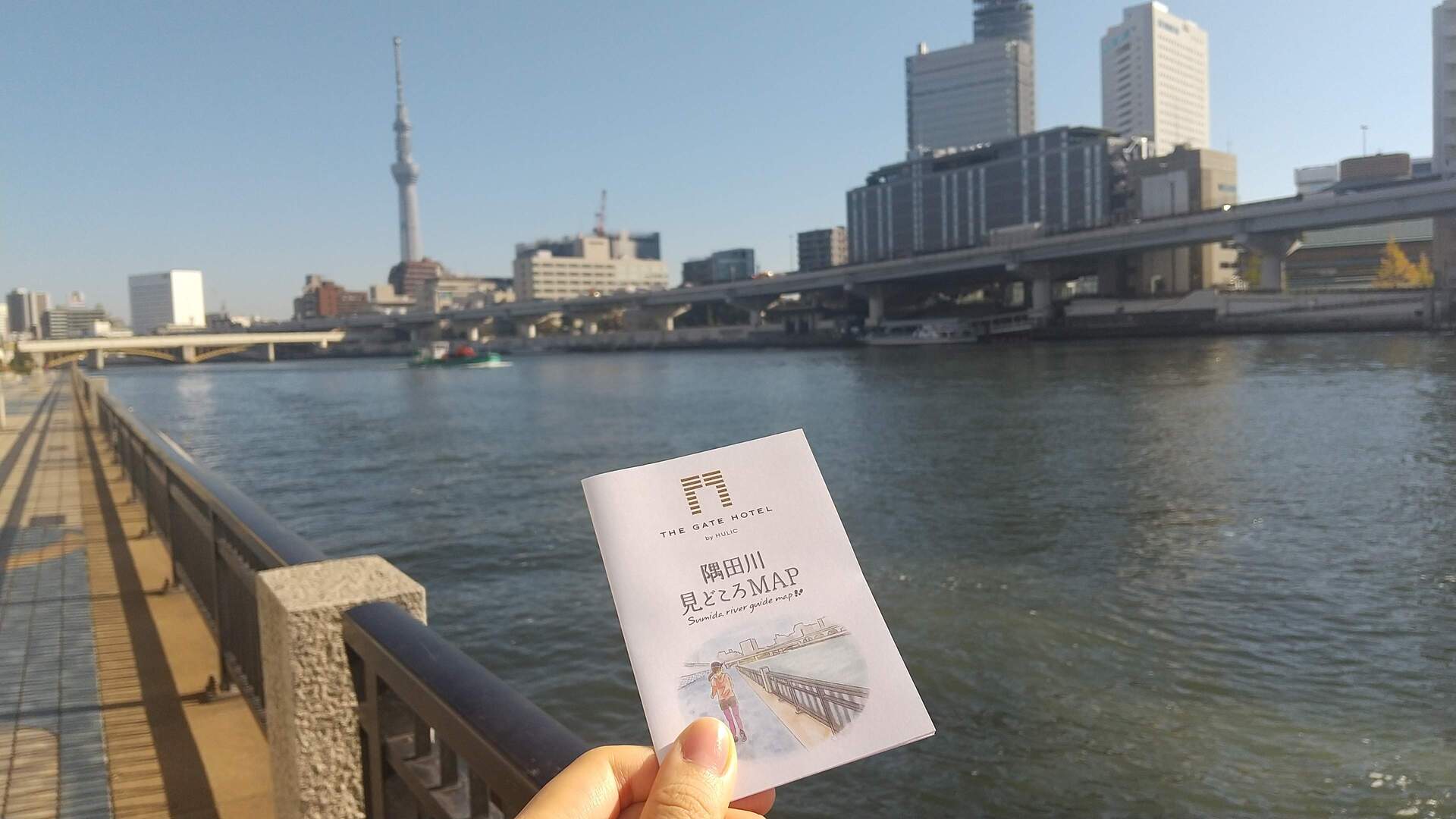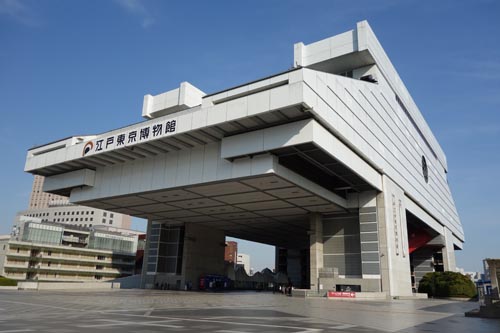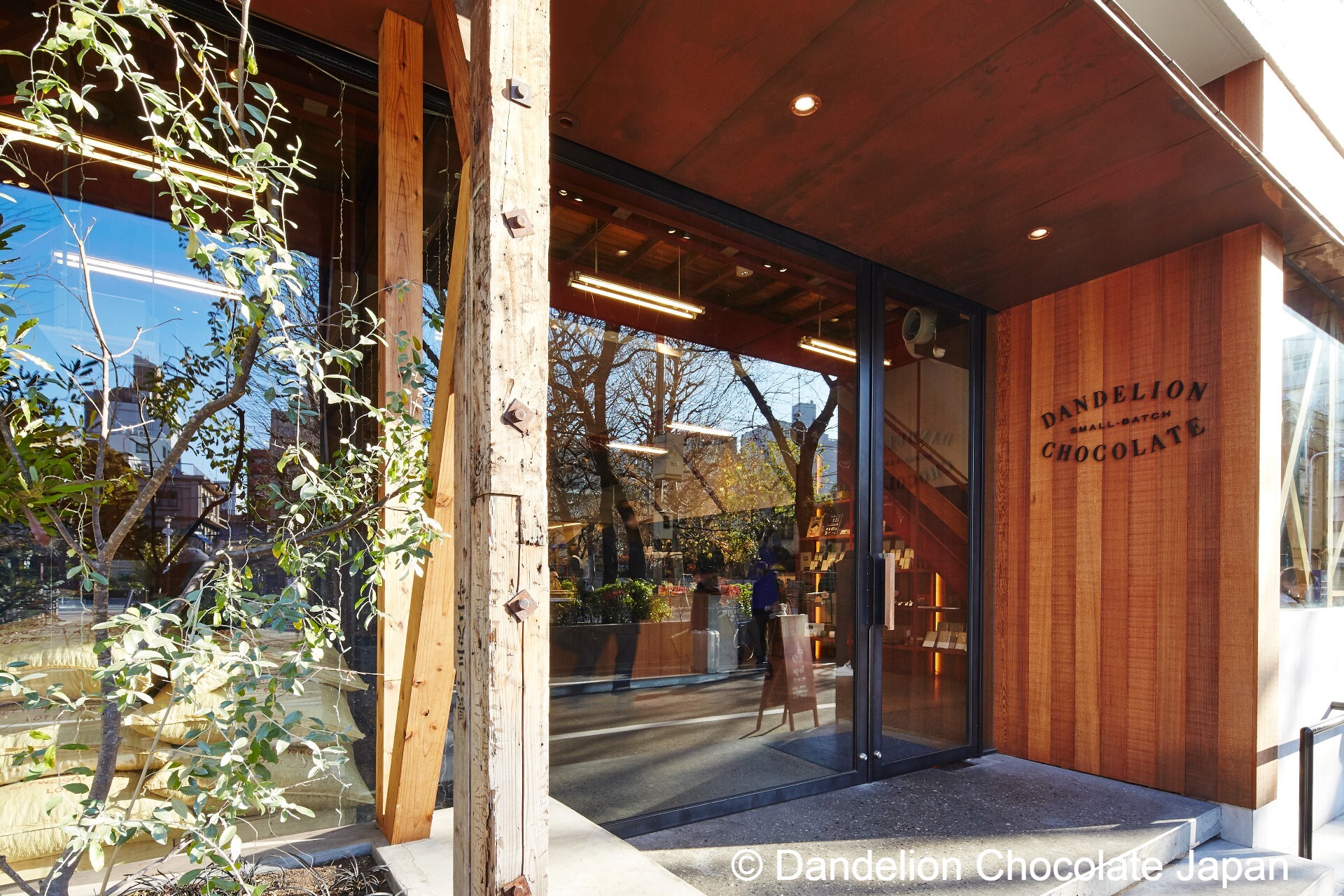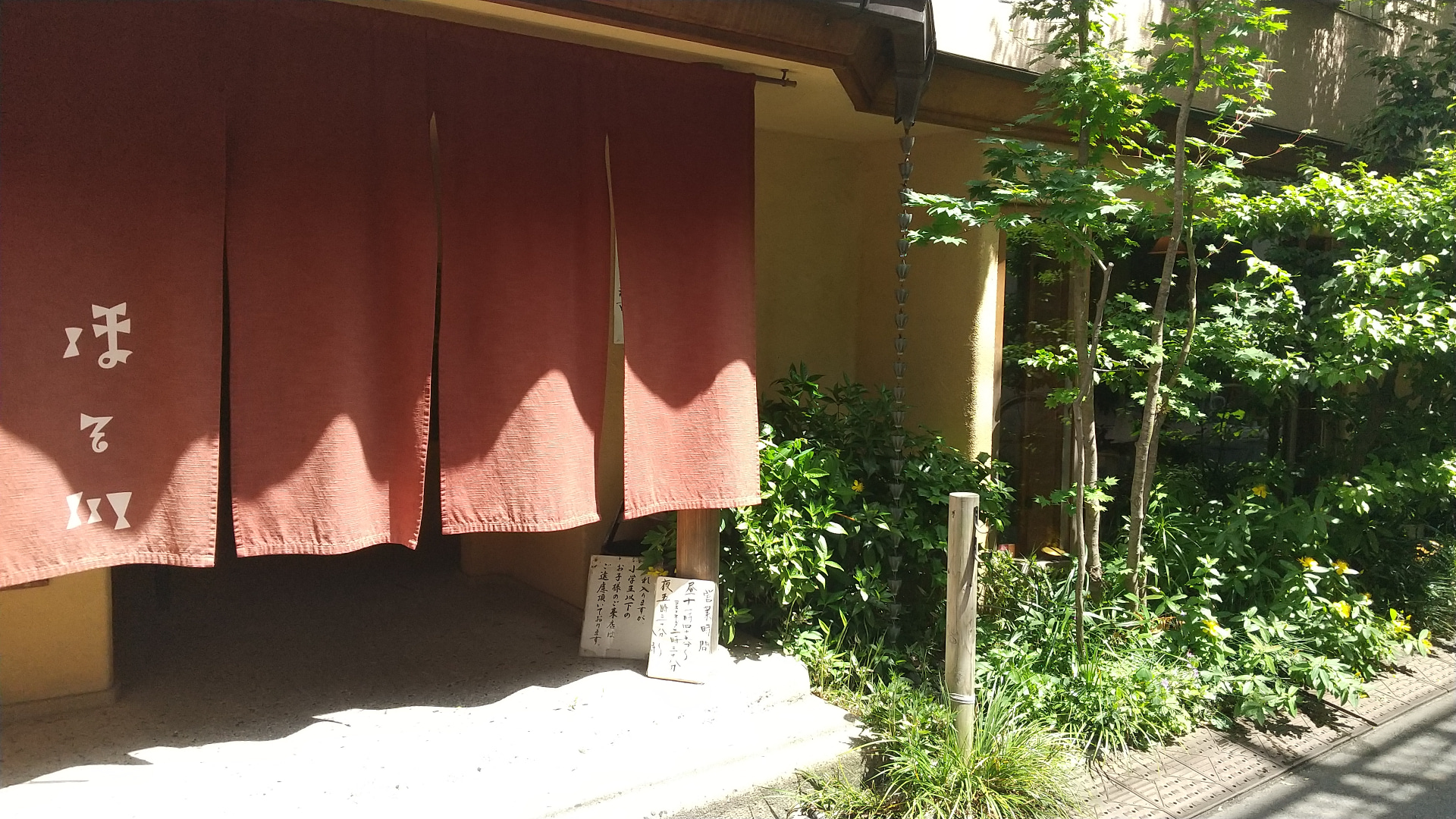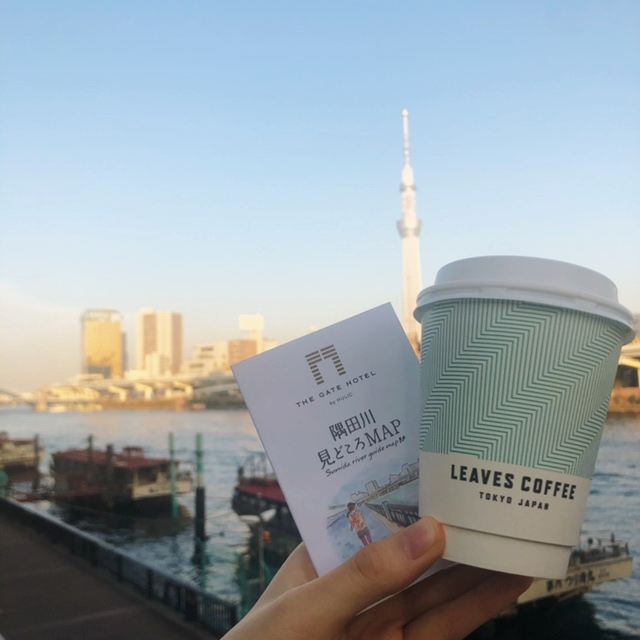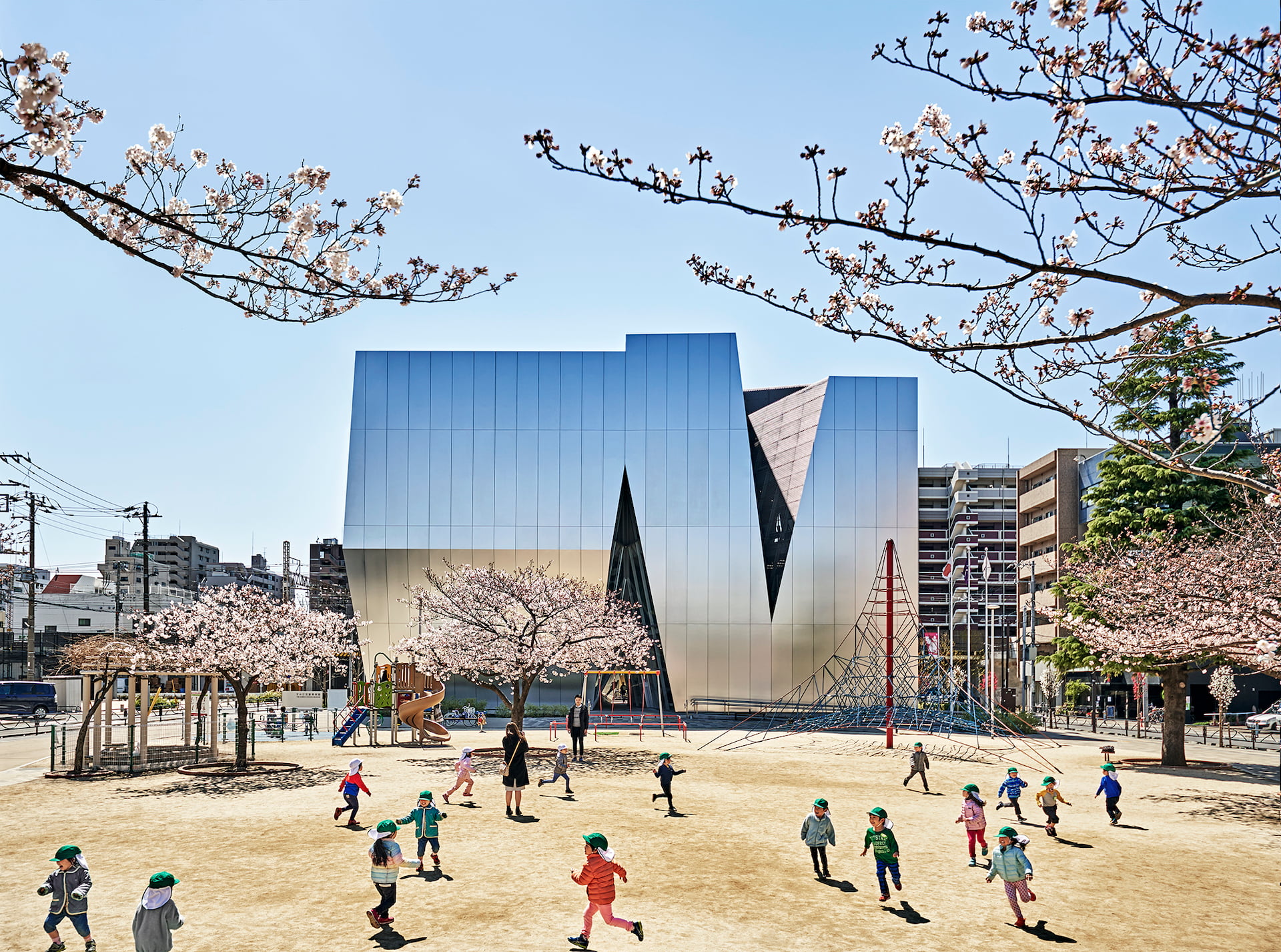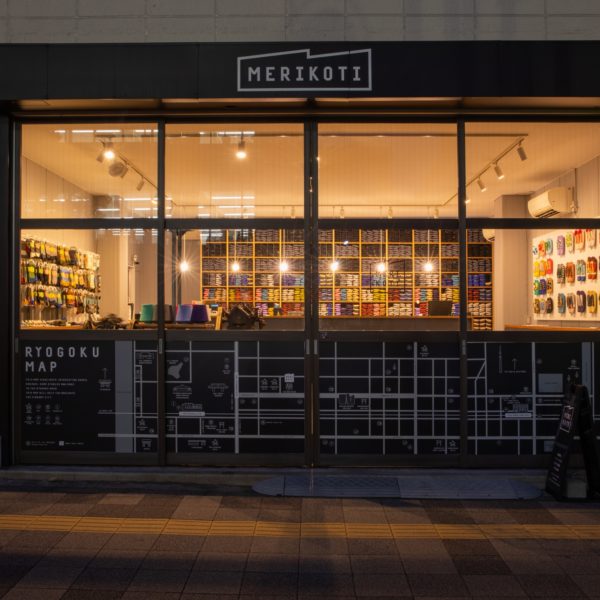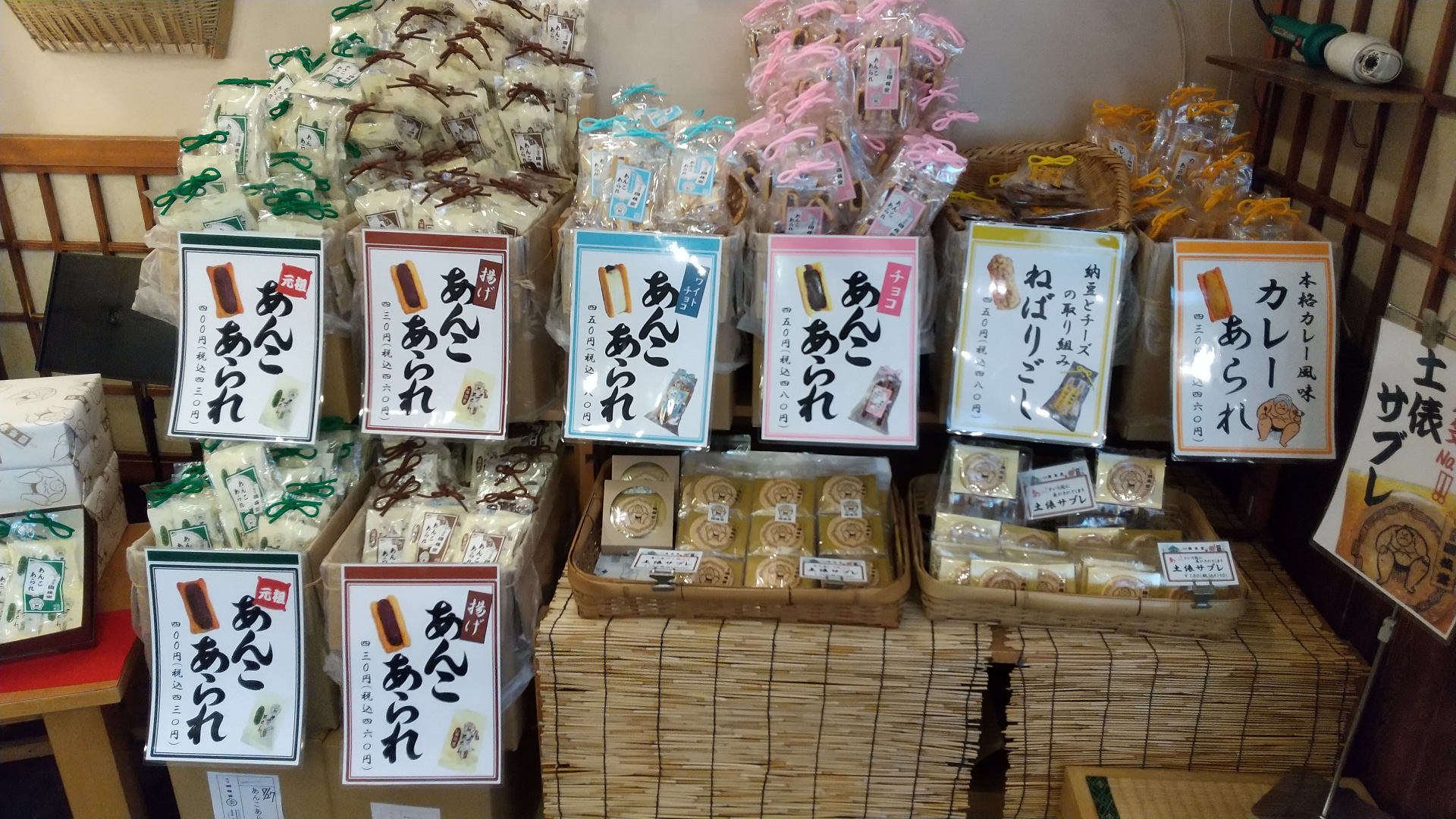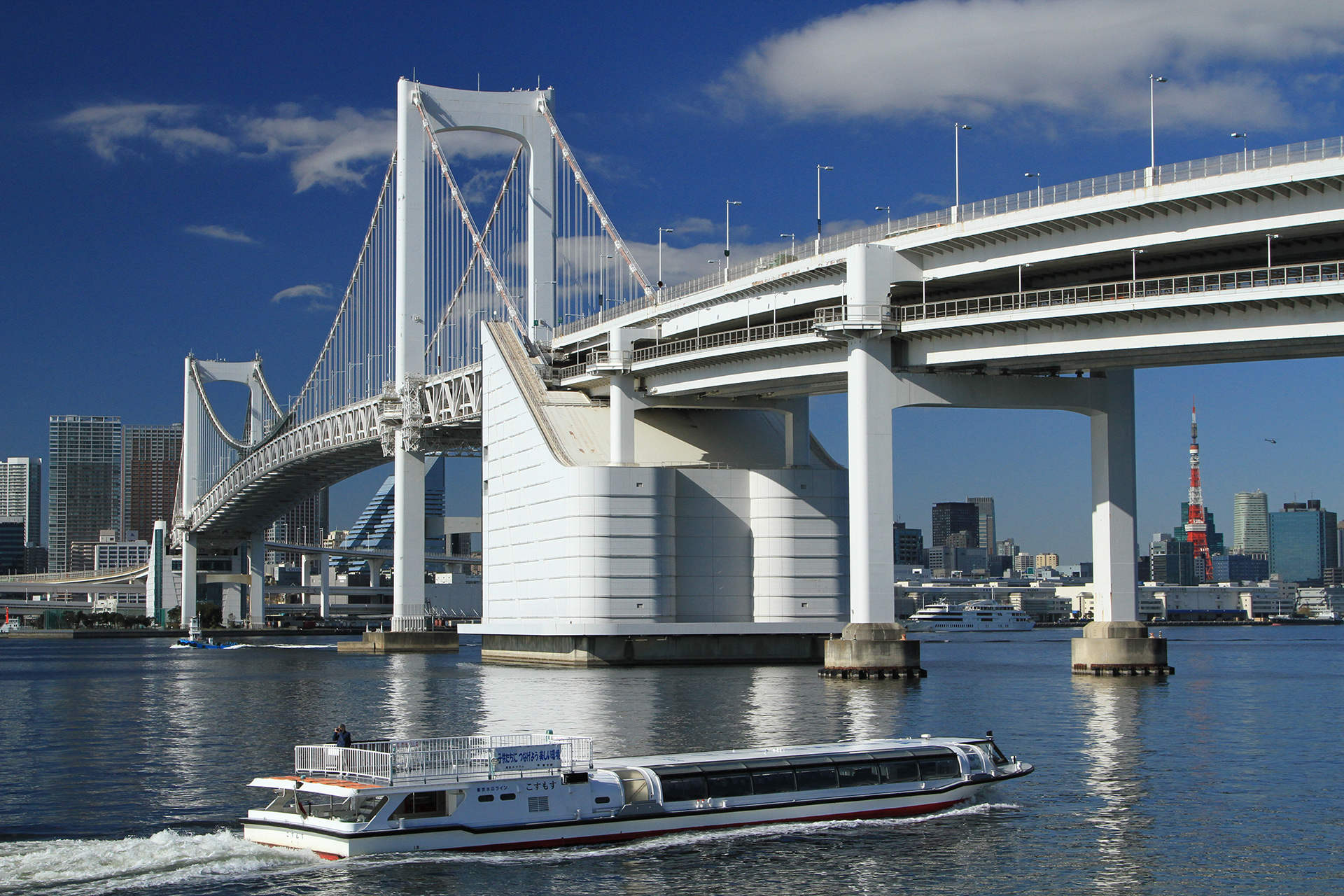Hello, this is the staff of The Gate Hotel Ryogoku. On the premises of The Gate Hotel Ryogoku, there are many attractive works of art created by artisans who have their own studios in Sumida City, which is known as a city of manufacturing. This time, we would like to highlight one of them, the art of Masako Shiozawa, a Kazari Kanagu (metal ornaments) craftswoman.
Kazari: Metal decorations for temples and shrines
Kazari refers to metal that is processed and decorated using a tool called a chisel. A chisel is a tool used for cutting, digging, and shaving metals such as brass, copper, and silver, and the edge of the tool can be tapped with a hammer to create patterns on the metal.
Such kazari kinugi can still be seen today as decorations for temples, shrines, and portable shrines. Craftsmen who handle kazari carve patterns that both decorate and reinforce architectural structures and crafts.
Changes of the times and kazari metal fittings
The history of the technique using chisels to create kazari kinugu is so old that it is said to have originated in the Asuka Period when Buddhism was introduced to Japan.
In the Heian period (794-1185), aristocrats with money built many Amida halls, such as the Phoenix Hall at Byodoin Temple and the Konjikido Hall at Chuson-ji Temple, and the glamour of these buildings was in demand as a means of displaying power.
In the Momoyama period (1573-1600), kazari-kinzoku (metal ornaments) became more luxurious, and detailed patterns of animals and plants were applied. Typical motifs of plants, such as chrysanthemum arabesques, and animals, such as cranes and turtles, have been used throughout the ages.
Even today, traditional techniques using ancient Japanese designs have been passed down, and the remaining craftsmen still carefully finish each item by hand.
The Gate Hotel Ryogoku’s Kazari Art
Inside The Gate Hotel Ryogoku, you will find a variety of modern artworks using kazari.
1F Entrance

When you enter the hotel entrance on the first floor, you will see a series of stone-like artworks on the wall of the elevator hall. This is an artwork (by Tomosa Imamura) made of layered glass, inspired by the riverside stones of the Sumida River.
In between them, you can find only two pieces of artwork of cherry blossoms shining in bronze. This is the kazari artwork by Shiozawa. The cherry blossoms were inspired by the cherry blossoms that bloom every year in Sumida Park.


9F Elevator Hall and Lounge

As if in contrast to the cherry blossoms on the first floor, when you go up to the 9th floor (the floor reserved for overnight guests), you will find artwork featuring autumn leaves.

Also, if you head directly to the guest lounge, you will find a subtle autumn foliage artwork lit as a bar sign at the entrance to the lounge as well. Of course, this is also a work by Shiozawa. The shadows cast by the lights are also beautiful, and one can sense the calculated beauty of the design. The same copper is used, but unlike the previous cherry blossom artwork, it is created in a way that gives it a three-dimensional effect.


2F Restroom pictogram

These are not as noticeable, but if you look closely, you can see a pattern on the artwork that indicates the location of the restrooms! This is another work by Shiozawa, and is called “Shinchu Gin Furubi” (brass silver plating) art. The man’s silhouette is a bit plump, but this is because the motif is based on the sumo wrestlers of Ryogoku.
Kobi is one of the traditional processing techniques and is said to be a finish that looks as if it has been intentionally aged and deteriorated. And the pattern on the man’s side is called “Nami ni Chidori,” which means blue ocean waves, which express waves with alternating fan-shaped lines, and is said to be good luck because of the calm waves that continue forever.

Masako Shiozawa: Kazari Craftswoman and Kazari Kobo Shiozawa

The Gate Hotel Ryogoku’s kazari art was created by Masako Shiozawa.
Shiozawa’s workshop, Kazari Kobo Shiozawa (formerly Shiozawa Seisakusho), was established in 1941.
In addition to tools used to create portable shrines, shrines, and temples, they also produce kazari metal ornaments such as brooches, chopstick rests, business card holders, and other items that can be used in everyday life.


How kazari metal ornaments are made
Most kazari kinugi are made to order. They draw a rough sketch of an image and strike the pattern directly on a cut piece of metal with a chisel. Therefore, they draw an ideal pattern by combining about 1,500 chisels by carefully examining each chisel. In addition, a wooden mallet can be used to create a three-dimensional effect, and finally, plating or gold leaf is used to finish the work. Incidentally, the portable shrine has about 2,000 pieces of kazari kinugi, and it takes about three months to produce them.
Introduction of Goods
Chiseled Business Card Case

The delicate and careful patterns, which look as if they were struck by a machine, are so beautiful that it is hard to believe that they were engraved by hand. The design of blue ocean waves and plover waves is a fine jagged mark that can be produced only by chisel. This elegant work is also certified as Sumida Modern 2010* and is a gift for celebratory occasions.
Incidentally, the round ones are magnets. It is said to be the first Kazari metal ornamental tool that Mr. Shiozawa created.
*Sumida Modern…a product certified as suitable for Sumida Ward’s local brand value regulations.
Kazari Gabyo, a thumbtack with a family crest on it

This cute little thumbtack has a family crest that is said to have originated in the Heian period (794-1192) and was created with the hope of connecting the more than 20,000 types of family crests and the more than 1,000 years of tradition of kazari metal ornaments to the future. They were selected for Sumida Modern 2013.
Kazari Accessories

Kazari can also be made into accessories, such as a hair clip or earrings, for something more familiar and usable. It was selected for the Excellence Award of the TASK Monozukuri Award 2014.
TASK Monozukuri Grand Prize: The TASK Monozukuri Grand Prize is awarded to a “good product” developed and proposed by making full use of locally cultivated techniques, and selected by the five wards of Taito, Arakawa, Adachi, Sumida, and Katsushika after a screening process. Currently, the award has been changed to the “Tokyo TASK Monozukuri Award” for the four wards other than Sumida Ward.
Olympic Commemorative Charms



In the 2021 Tokyo Olympics, boxing, an Olympic sport, was held at Ryogoku Kokugikan, and Sena Irie won the gold medal. To commemorate the event, they were asked to create a shining charm in the motif of a boxing glove, which was sold as a limited edition item. The glove was inspired by an illustration of the glove in “Ashita no Joe” by Tetsuya Chiba, a manga artist from Sumida-ku, Tokyo.
Fabric-based products also avaliable


Kazari Koubou Shiozawa sells not only kazari kinugi (ornamental metal ornaments) but also cloth products such as the one shown in the photo (he says he also does this kind of work in addition to his kazari work).
The fabric is not only a sun visor, but also folds up compactly when not in use by inserting a fishing line into the fabric. Originally, the fabrics were produced mainly with Japanese patterns, with the hope that they would be used by overseas guests for the Olympics. This product was also selected for the Excellence Award of the TASK Monozukuri Award in 2008.
These goods can be purchased at Kazari Kobo Shiozawa and some of them are also available at the online store. You may find your daily life colored by the glittering and delicate craftsmanship incorporated into these ordinary daily necessities. Please come and pick one up.
SHOP DATA
- Name: Kazari Kobo Shiozawa
- Address: 1-38-7 Ishihara, Sumida-ku, Tokyo 130-0011
- TEL: 03-3621-7983 03-3621-7983
- URL https://tagane.jp/
- Business hours: 11:00-17:00
- Closed: Wednesdays
*For the latest information on business hours, holidays, etc., please contact the store directly.
Where to stay

Drop in on us


